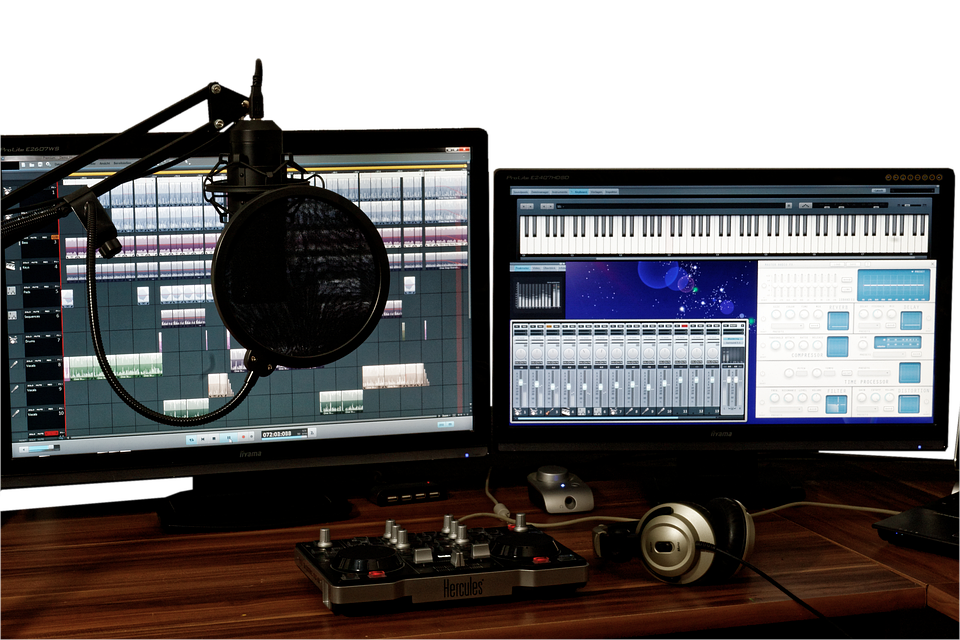The Best Audio Recording Software: A Reader-Friendly Guide
Engage your ears and dive into the world of audio recording with the right software! Whether you're a casual listener, a music producer, or a podcasts creator, finding the best audio recording software can make a huge difference in your projects. In this article, we’ll explore the top contenders and help you choose the perfect tool for your needs.
Why You Need the Best Audio Recording Software
High-quality audio is the backbone of any great recording. Whether you’re digitizing your vinyl collection, recording a podcast, or creating a track for social media, poor-quality audio can erase your hard work. The best audio recording software ensures that your voice or instrument shines through, while also providing tools to enhance your project.
Top Features to Look For in Audio Recording Software
Before diving into specific software, let’s talk about what you should look for:
-
High-Quality Microphones: A good microphone is essential for capturing clear audio. Look for options with different sensitivity patterns and preamps to find the right fit for your sound.
-
recording Quality: A high sample rate (like 48 kHz) and bit depth (like 24-bit) ensure that your audio stays true to life. Avoid software that upscales or distorts your recordings.
-
Easy-to-Use Interface: Whether you’re a pro or a complete novice, the software should be intuitive. A cluttered interface can make recording feel like a chore, not a joy.
- Additional Features: Look for plugins like noise reduction, effects, or metadata tools to add polish to your project.
Common Features to Keep an Eye On
Here are some must-have features for any audio recording software:
-
Noise Reduction Tools: These are crucial for silencing background hiss or hum, especially in live recordings.
-
Looping and Effects: Tools like loops, reverb, and delay can elevate your tracks and make your music more engaging.
- Export Options: Ensure the software supports high-quality audio formats like WAV or AIFF for professional use.
Bonus: Advanced Features for Level-Up
If you’re serious about your audio projects, here are a few advanced features to look for:
-
Multiple Tracks: Record different instruments or vocals separately for better separation.
-
Room Simulation: For podcasts or live recordings, simulating the acoustics of a room can make your audio sound more realistic.
- Batch Processing: Save time by processing multiple files at once.
A Specific Example: Audacity
Let’s talk about a real software that’s widely used: Audacity. It’s free, open-source, and perfect for casual users. Here’s why:
-
User-Friendly: No complicated settings or tutorials needed.
-
recording Quality: Its high sample rate and bit depth ensure accurate audio reproduction.
- No Captchas or Hidden Costs: Audacity is completely free, so you can record and edit without spending a dime.
Final Thoughts
The best audio recording software is just as good as its features and how you use it. With the right tools, you can turn even the simplest project into a masterpiece. Try Audacity or another software you find impressive, and don’t hesitate to experiment with different plugins and settings. The key is to have fun and let your creativity shine through the audio.
So, what software are you using? Let us know in the comments below!
